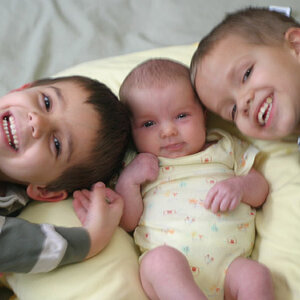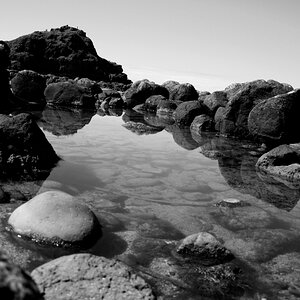fjrabon
Been spending a lot of time on here!
- Joined
- Nov 3, 2011
- Messages
- 3,644
- Reaction score
- 754
- Location
- Atlanta, GA, USA
- Can others edit my Photos
- Photos OK to edit
You can get the D3200, D5100 and D7000 either body only, with the 18-55mm, or with the 18-105mm lens.
Not sure what you want to know about memory cards ... get one ?
I simply got me a 32gb for my D5100 and use it since then.
One thing is that a lot of photographers generally prefer several smaller cards to one large card. The reason being that if you lose a 64 GB card A) it's expensive and B) you've lost a LOT of pictures. You should probably have at least 3-4 extra cards in your bag anyway, and even if you shoot RAW + JPEG fine (which I dont advise, just shoot RAW only), four 8GB cards should be more than enough. Also, the same total size broken into multiple memory cards is usually cheaper (or at least no more expensive) than one single gigantic memory card. ie, you will usually save money buying 4 16GB cards as opposed to 1 64 GB card.


![[No title]](/data/xfmg/thumbnail/35/35947-ab35bfc67d8e12ce65dda301d3bf2b66.jpg?1619737255)
![[No title]](/data/xfmg/thumbnail/30/30866-bdfc426e8ee7e6ad63f6d751c5f288f0.jpg?1619734485)
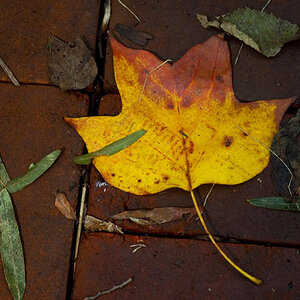
![[No title]](/data/xfmg/thumbnail/40/40285-2ce5915035c220ccb3485030863b62d0.jpg?1619739408)
![[No title]](/data/xfmg/thumbnail/35/35952-55c8d42ec1c6ff0e13b45356cbf9c068.jpg?1619737263)
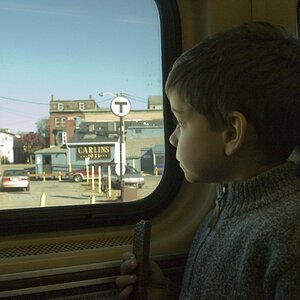
![[No title]](/data/xfmg/thumbnail/40/40286-86401b94de8b01bea8bb4ea154aaea0a.jpg?1619739408)
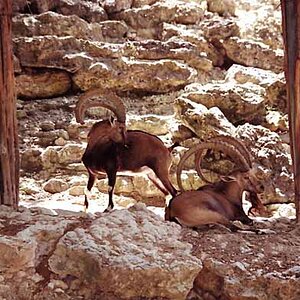
![[No title]](/data/xfmg/thumbnail/34/34693-68d7ff80dc154cec1604c718d5434ecd.jpg?1619736605)
![[No title]](/data/xfmg/thumbnail/30/30863-8c53522e4ed851e96cb7411e74b9fe59.jpg?1619734482)
